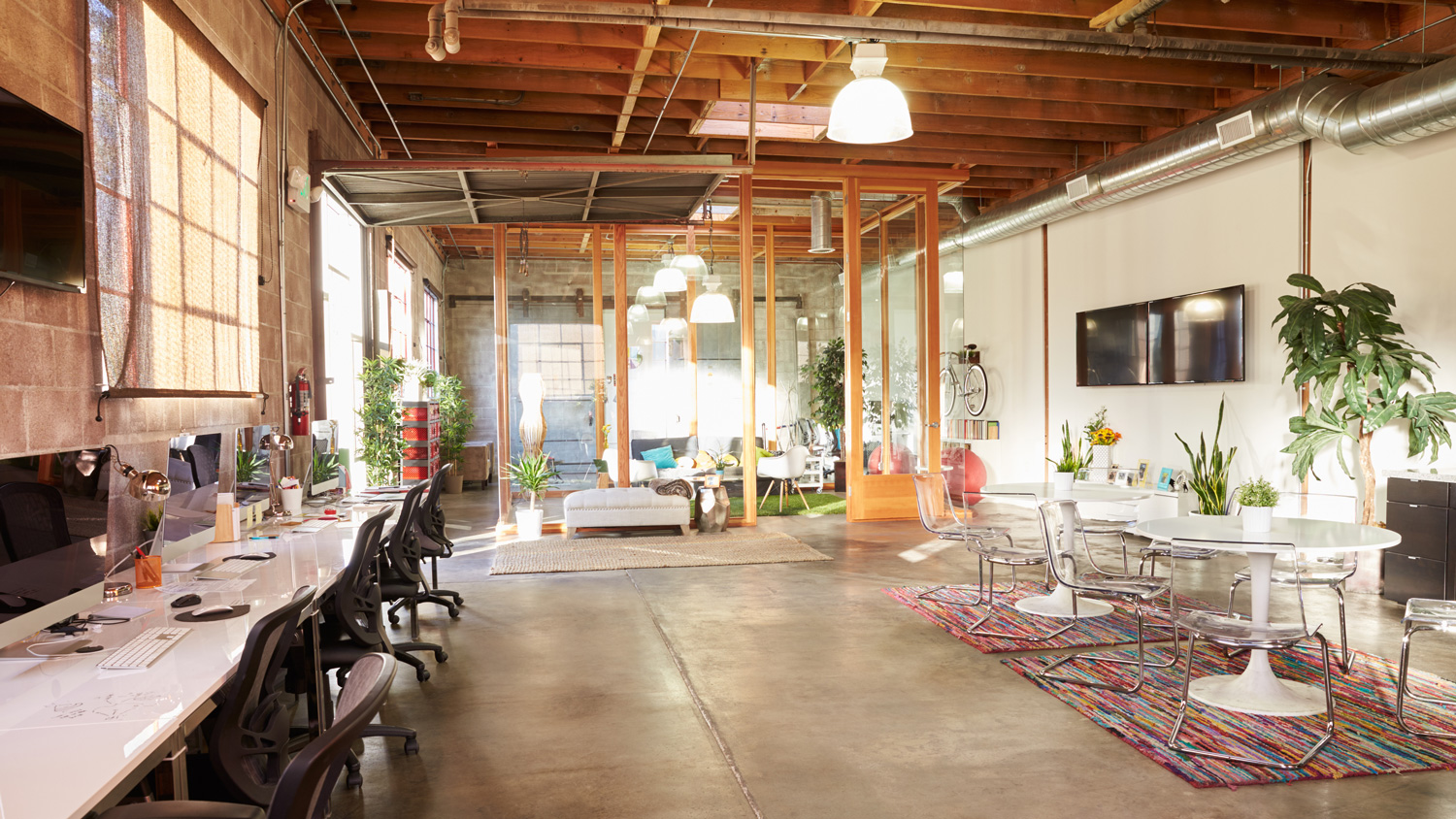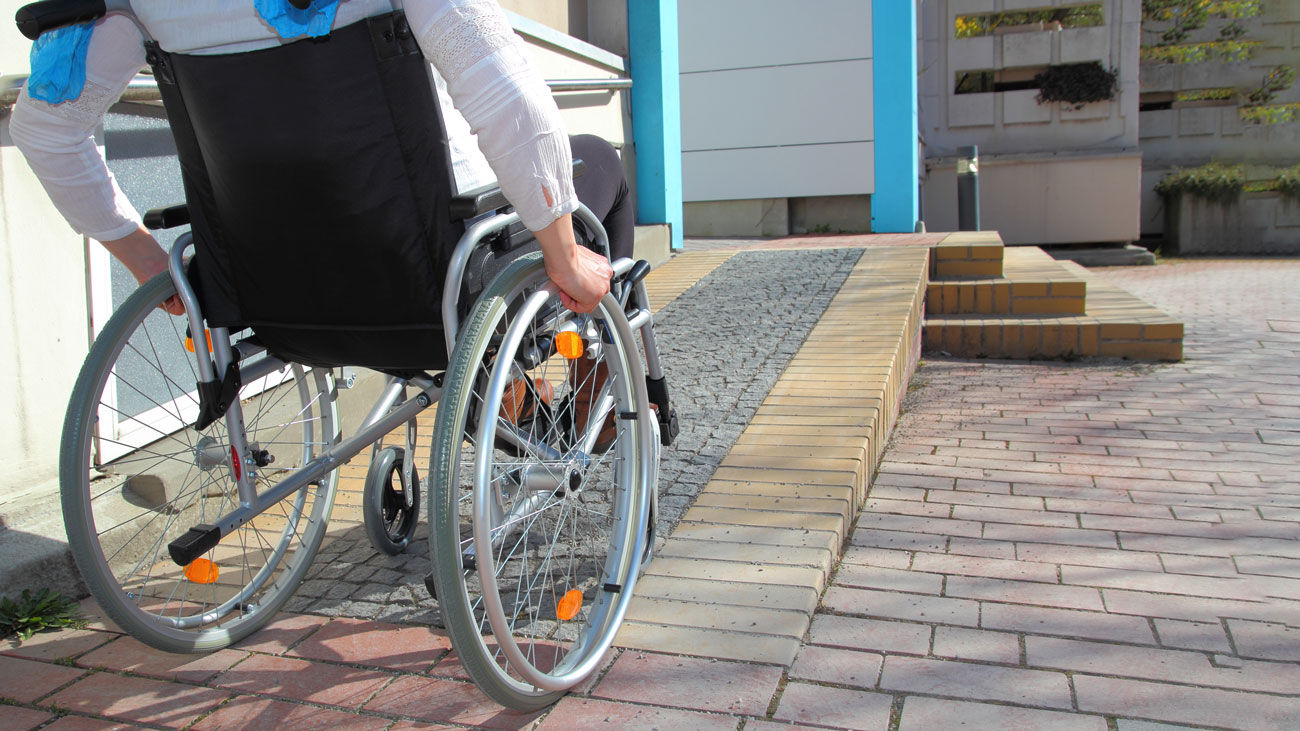
Six things bringing employees back to the office
Improving working conditions and changing the office is the best way to repopulate the workplace, according to a new workplace futures survey.
The report from Hassell said that companies that did so in the post-pandemic world have enjoyed a 17% higher satisfaction score from employees.
The study surveyed 3,500 workers from offices across the globe.
Key findings include that:
- More people are working from the office this year, however, hybrid work remains stable.
- A vibrant city is ranked as the most desirable office amenity, with access to grocery stores, green spaces and good coffee.
- People resist returning to the office during an economic downturn, despite employers having more leverage.
- People are calling for more cohesion between workplace policies and workplace designs.
With more employees voluntarily returning to high-performing offices, Hassell senior researcher and author of the report, Dr Daniel Davis said the information would provide valuable insights into the current state of the workplace and what it would take to create the ideal hybrid office.
He said:
“Countries and cities which have had the longest periods of dealing with pandemic-era lockdowns, including the US, UK and Melbourne in Australia, are home to the largest number of ‘reluctant returners’ — employees who prefer working from home over coming into the office. The report challenges some areas of emerging consensus — particularly that if you fear losing your job, you’d be in the office more to prove your value to your organisation, but across many regions worldwide, that’s not the case.”
The report also details the top features people want from their work, with preferences for convenience, proximity to public transport, wellbeing, grocery stores and green open spaces being key incentives for drawing individuals back to the office.
The top six most popular features are:
- Free lunch and food.
- Gardens and green spaces.
- Good coffee.
- Fresh air.
- Good food and retail nearby.
- Enough space to focus without distractions.
Dr Davis said the preference for free food and access to public transport aligns with employees’ desire to curb expenditure amid the rising cost of living and that an exemplary hybrid workplace would need to employ a range of strategies to cater to their workforce’s multifaceted needs and preferences.
He said:
“In this era of hybrid work, companies can’t afford to wait for economic conditions to change. They need to be getting the basics right — something that many offices fail to do — by providing the right spaces for collaborative and focused work. And they need to stack and aggregate a variety of amenities that address the unique requirements of different individuals and cultivate an atmosphere of inclusivity and engagement.”






